ISRO Declares 2025 as Gaganyaan Year: India’s space ambitions are soaring to new heights as the Indian Space Research Organisation (ISRO) has officially declared 2025 as the “Gaganyaan Year.” The decision reflects ISRO’s commitment to making India one of the few nations capable of independent human spaceflight. The year is set to culminate with a landmark event: the uncrewed launch of Gaganyaan featuring Vyommitra, a humanoid robot designed to simulate human functions in space.
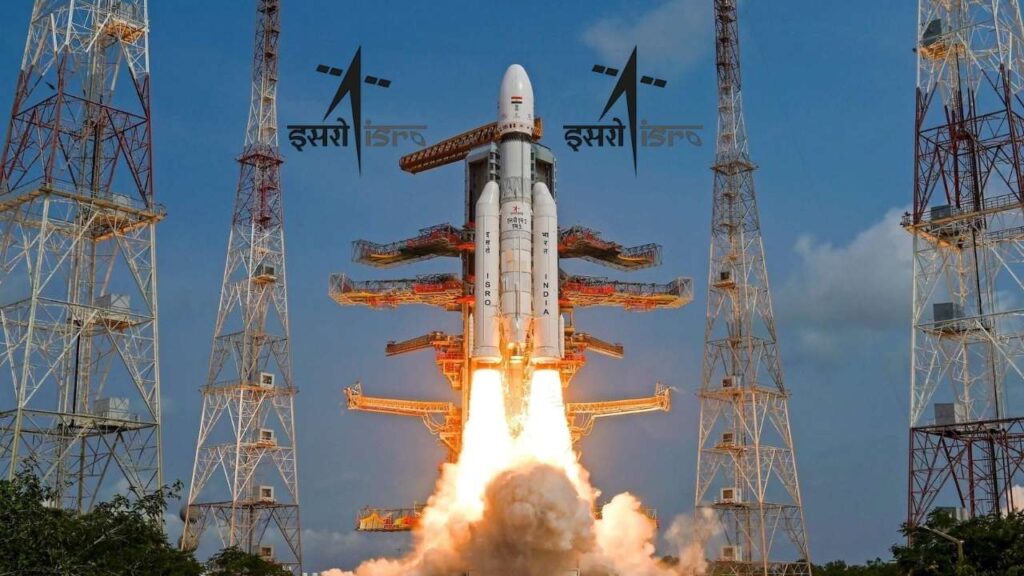
This historic announcement was made by ISRO Chairman Dr. V. Narayanan, who also shared exciting details about India’s space roadmap, including timelines, technologies, and mission objectives. The Gaganyaan mission aims not only to place Indian astronauts in space but also to pave the way for long-term, sustainable space exploration.
Table of Contents
ISRO Declares 2025 as Gaganyaan Year
| Feature | Details |
|---|---|
| Mission Name | Gaganyaan |
| Declared Year | 2025 as “Gaganyaan Year” |
| Upcoming Launch | Uncrewed mission in December 2025 |
| Special Feature | Will carry humanoid robot Vyommitra |
| Crewed Mission Date | Expected in 2027 |
| Rocket Used | Human-rated LVM3 (Launch Vehicle Mark-3) |
| Testing Progress | Over 7,200 tests completed; 3,000 more planned |
| Primary Goals | Human spaceflight capability, system validation, life support checks |
| Official Website | ISRO.gov.in |
The declaration of 2025 as the “Gaganyaan Year” is more than just a label—it’s a turning point in India’s space journey. With the upcoming uncrewed mission featuring humanoid robot Vyommitra, ISRO is laying a solid foundation for sending Indian astronauts into space. Backed by years of rigorous testing, innovative technology, and national pride, Gaganyaan stands as a symbol of what India can achieve in the 21st-century space race.
What Is the Gaganyaan Mission?

The Gaganyaan programme is India’s first crewed spaceflight initiative, announced by Prime Minister Narendra Modi in 2018. The project’s ultimate goal is to send Indian astronauts, also known as Vyomanauts, into low-Earth orbit (LEO) and bring them safely back.
The mission includes:
- One test flight (completed in 2023),
- Two uncrewed missions (2024–2025),
- One crewed mission (expected in 2027).
By executing these missions, ISRO seeks to join the ranks of the United States, Russia, and China—the only nations to have sent astronauts to space independently.
Meet Vyommitra: India’s First Spacefaring Humanoid
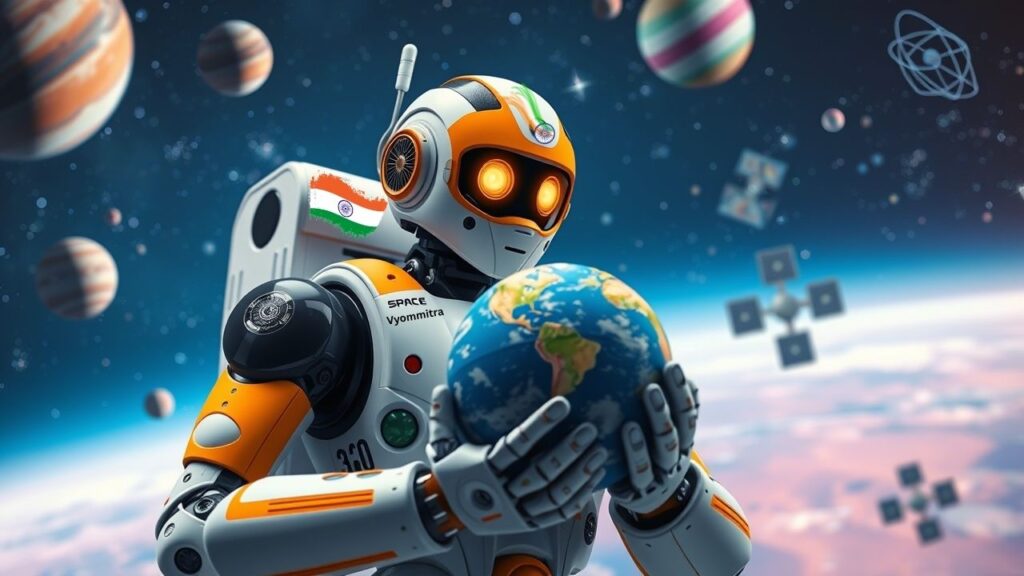
Vyommitra, whose name combines Vyoma (meaning space in Sanskrit) and Mitra (meaning friend), is a female-looking robot developed by ISRO to mimic human physiological functions and responses in space.
Key Functions of Vyommitra:
- Monitor life support systems onboard
- Communicate with ISRO’s ground station
- Perform tasks and simulate crew activities
- Respond in Hindi and English
- Send feedback on G-forces, vibrations, and cabin environment
Vyommitra’s mission is not just symbolic. Her data and interaction with spacecraft systems are vital to fine-tune conditions for future human occupants.
Technologies Behind Gaganyaan
1. Launch Vehicle
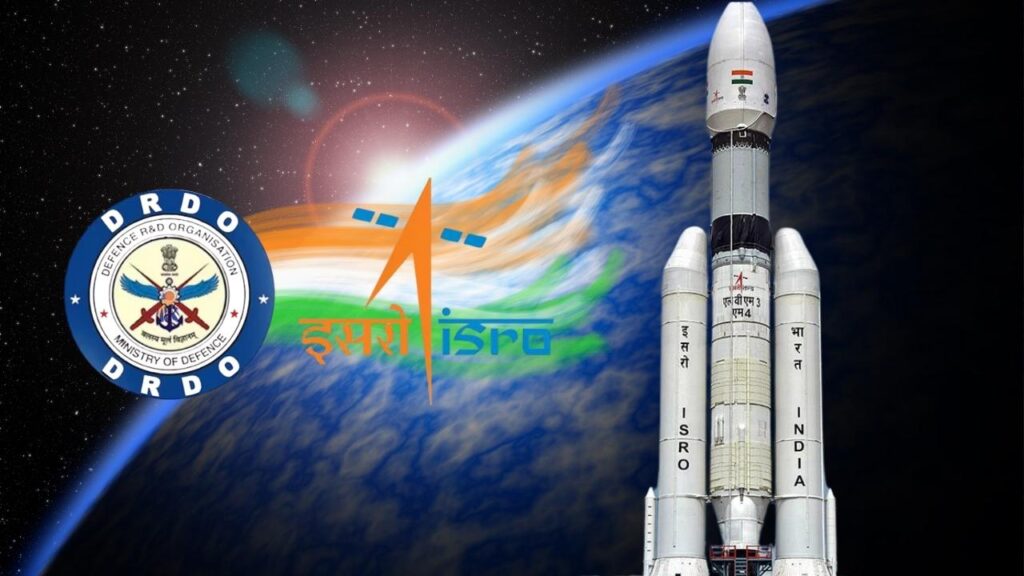
The launch vehicle for the Gaganyaan mission is LVM3, formerly known as GSLV Mk III. It has been human-rated—which means every system is tested and modified for utmost reliability and crew safety.
2. Crew Module
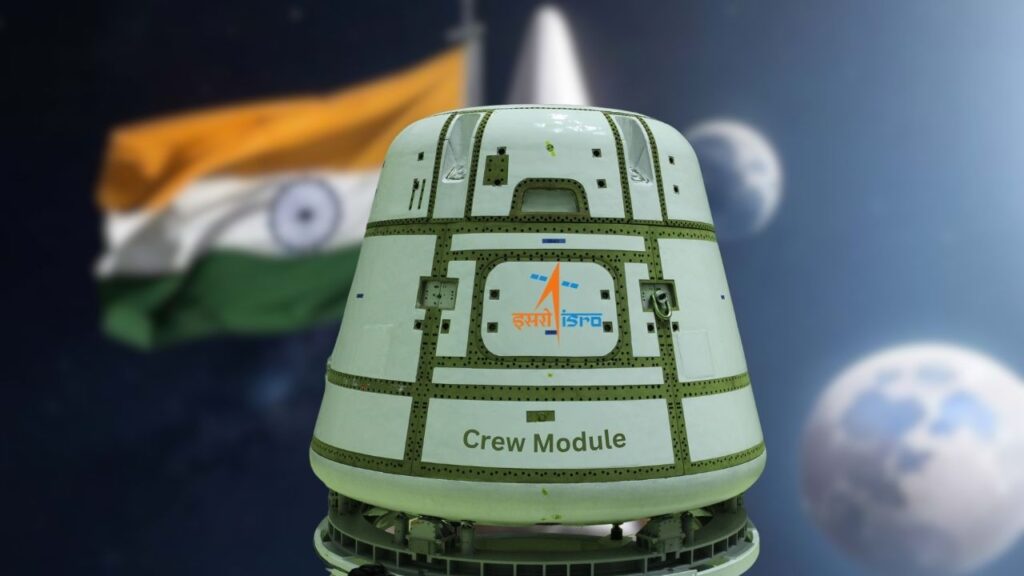
This is where the astronauts will reside. The crew module is designed to support life in microgravity, with features like:
- Oxygen supply
- Temperature control
- Emergency escape systems
- Communication gear
3. Environmental Control and Life Support System (ECLSS)
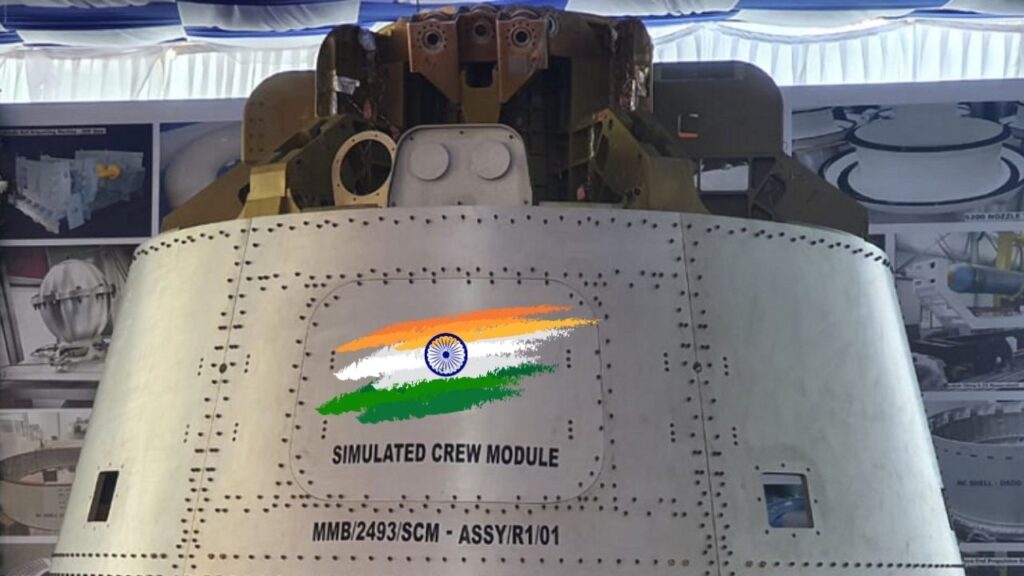
This system is vital to keep the cabin pressurized, oxygen-rich, and safe from contaminants.
4. Crew Escape System (CES)
CES is designed to eject astronauts safely in case of a launch anomaly. It was tested successfully in October 2023, earning global recognition.
How ISRO Is Preparing: Tests and Trials
According to Dr. Narayanan, ISRO has already completed 7,200 individual tests, and 3,000 more are lined up for systems such as:
- Heat shields and deceleration systems
- Parachute deployment mechanisms
- Crew safety simulations
- Communications and navigation gear
These trials are essential not just for crew safety, but to build global confidence in India’s human spaceflight capabilities.
Gaganyaan Timeline and Future Plans
| Year | Mission |
|---|---|
| 2023 | Test flight with Crew Escape System (CES) |
| 2024 | First uncrewed test flight (delayed) |
| Dec 2025 | Second uncrewed flight with Vyommitra |
| 2026 | System validation, additional dry runs |
| 2027 | First crewed flight with Indian astronauts |
Following Gaganyaan, ISRO aims to establish a space station by 2035 and land an Indian on the Moon by 2040.
Why Gaganyaan Matters for India and the World
- National Prestige: Joining elite nations with independent human spaceflight capacity.
- Scientific Discovery: Enables in-orbit research in medicine, biology, and materials.
- Economic Impact: Boosts India’s growing space economy, projected to reach $13 billion by 2025.
- Global Partnerships: Opens doors for collaboration with NASA, ESA, and JAXA.
- STEM Inspiration: Encourages youth in India to pursue careers in science and space.
Practical Advice for Students and Space Enthusiasts
If you’re inspired by Gaganyaan and want to be part of India’s space future, here’s how to get started:
Education Pathways
- Focus on STEM (Science, Technology, Engineering, Mathematics)
- Pursue degrees in aerospace engineering, physics, or computer science
- Consider institutions like:
- Indian Institute of Space Science and Technology (IIST)
- IITs and NITs
Join Space Programs
- Participate in ISRO’s student outreach programs
- Join space-focused clubs like NASA Space Apps Challenge or SSERD
Berkeley Lab Unveils Doudna Supercomputer to Propel AI and Genomics Research
China’s Tianwen-2 Mission Launches to Retrieve Asteroid Samples and Explore Comet
Universities Partner With Industry To Build The Next Generation Of Sustainable Semiconductors
FAQs About ISRO Declares 2025 as Gaganyaan Year
What is Vyommitra made of?
Vyommitra is built with lightweight alloys and electronic sensors. She’s designed to function in zero gravity and simulate physiological responses like a human astronaut.
How many astronauts will Gaganyaan carry?
The first crewed mission is expected to carry two to three astronauts into low Earth orbit (300–400 km).
Is Gaganyaan delayed?
Yes. The first human flight was originally planned for 2022, but delays caused by COVID-19, safety refinements, and expanded testing have pushed it to 2027.
Will the Gaganyaan astronauts go to the Moon?
No. The Gaganyaan mission is limited to Earth orbit. However, ISRO has long-term plans to send astronauts to the Moon by 2040.
How is ISRO funding this mission?
The Indian government has allocated ₹9,023 crore (~$1.2 billion) for the Gaganyaan programme as of 2024.



















